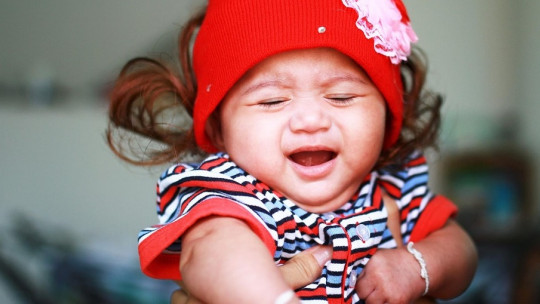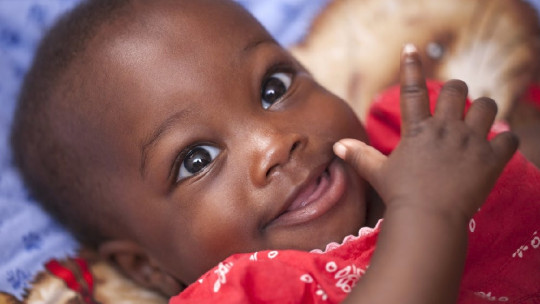
Many experts affirm that personality is made up of two elements: temperament and character. While character develops from environmental influences, temperament, of a biological nature, accompanies us from the beginning of life and serves as the basis for personality traits that will be consolidated over time.
In this article we will describe the three main types of temperament in babies: easy, difficult and slow to react Although a large number of children cannot be clearly classified into any of them, these categories can be very useful in conceptualizing basic temperamental differences in the early stages of life.
What is temperament?
Temperament is the biological component of personality It is determined mainly by genetic inheritance, which makes it quite stable, although environmental factors can influence the manifestations of temperament, both in early development and throughout life.
Different aspects of biology and physiology determine the temperament of each individual. The role of neurotransmitters of the nervous system and hormones of the endocrine system, as well as the level of brain activation and reactivity to stimulation, is especially relevant.
It is believed that the temperament of babies develops as they feel emotions, whose presentation patterns configure a specific psychophysiological disposition. The attitude of the parents and their reactions to the needs of the child have a relevant weight in shaping temperament.
Types of temperament in babies
In the 1950s Alexander Thoma and Stella Chess began research on the development of behavior and personality that would last more than 30 years, the New York Longitudinal Study. From this study, three types of temperament have been described in babies: easy, difficult and slow-reacting (or “difficult to excite children”).
Let’s see what the characteristics of each of these types are. It is important to keep in mind that 35% of the children analyzed could not be strictly classified into any of them, but rather showed traits typical of more than one of the types.
1. Easy kids
“Easy” children are those who present moods of moderate intensity and with a tendency to good humor Their biological rhythms are stable, making it easy for them to adopt regular time and eating patterns. They also accept frustrating experiences more than children with other temperaments.
Furthermore, children with an easy temperament show an open disposition to new experiences and situations: they smile more at unfamiliar people, tolerate new foods satisfactorily, and adapt well to changes in routines.
According to the New York Longitudinal Study, 40% of babies can be classified in the easy temperament category. This makes it the most common early temperamental style of the three.
2. Difficult children
Thoma and Chess classified as “difficult” children with irregular biological rhythms, high intensity emotional responses, and tendency to feel and express negative emotions, for example in the form of irritability or crying; However, they also tend to show positive emotions more markedly.
These babies have more difficulty than those with easy temperaments maintaining regular sleeping and feeding schedules and patterns. They have a harder time adapting to new foods, situations and routines, and they trust less in people they don’t know.
Children with difficult temperaments react less to novel stimulation and changes. Also They tend to respond with crying and tantrums to frustration of his desires and impulses.
Only approximately 10% of babies can be classified in the category of difficult temperament; Therefore, this type of temperament is less common than the easy one and the slow reaction one.
3. Slow reacting children
The authors of the New York Longitudinal Study also called the members of this group “hard-to-excite children.” These represented 15% of the total sample, so that the slow temperament is somewhat more common than the difficult one, although it is still much less common than the easy one.
Synthetically, we can say that slow-reacting babies show many characteristics of the easy temperament although they are more indifferent than these and take longer to adapt to changes, as the names that have been given to this temperament suggest.
Slow-reacting babies show less intense emotions than those with an easy temperament, whether they are negative or positive. They tend to be more reticent about new people, situations and foods than easygoing children, although they adapt well gradually, especially if they are not pressured.
The biological rhythms of slow children are less regular than those of the easy ones, which makes it more difficult for them to acquire new patterns and habits, although less than for babies with difficult temperaments.








